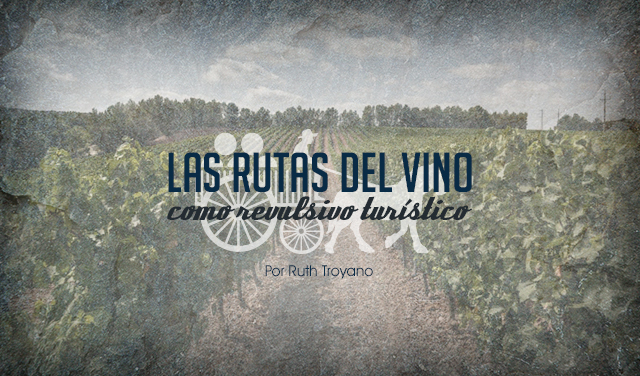Wine routes as an inspiration for tourism

“The Penedès region is not only the most visited wine and cava region, but it also has the earliest wine route in the country.”
The Spanish wordcarreteraderives from the latincarrus(four-wheeled cart). Originally cleared for animals, it is used today to designate the areas we use when we are travelling. This linguistic memory is relevant when talking about wine because it recalls its more idyllic origins.
The Penedés region is not only the most visited wine and cava region, but it also has the earliestwine routein the country. TheCarretera del Viis a revival of the ancient Roman road along which carts struggled and strained in order to transport amphorae and barrels of wine down to the sea, on their way to be exported.
Centuries later, all the flavours and aromas grown in vineyards as varied as their proprietors, but sharing the same geographical origins, can assert their unifying features: the ancient road that runs between Sant Martí Sarroca and Sitges is testament to the fact that that the soil of the Penedès is impregnated with the DNA of the wine that has been produced here for thousands of years, but also, and importantly, witness to a landscape of vineyards that has evolved over time from the Ibers, later taking the hypnotic imprint of modernism and now bringing together a fascinating spectrum of subtle nuances in each bottle of wine and each dish that accompanies it. 12 cellars, 40 kilometres and 7 towns that reveal the singular nature of this route which is so easy to follow by car and soon by bicycle and on foot too.
Wine tourism in the wine-producing regions of the old world is founded in history, and the counter-intuitive fact that the practice of wine tourism has been imported from the new world (U.S.A. and above all California) and that it places its emphasis on the product.
"Intriguing" is the word commonly used by some experts to define this pastime of wine tourism because each visit to a winery and region is a surprise. Especially when there is nocarreterawhich so clearly shows us the way and the tradition of wine.
Greece, Croatia and Turkey are our competitors in the Mediterranean area, countries with an interesting range of wines on offer, but with weak proposals for wine tourism. Studies say that 70% of visitors to a wine region will visit a winery, but it has to be made easy. In Santorini, for example, most tourism is beach tourism, but the rural nature of the island encourages an unintentional discovery of its vineyards: parts of the island have volcanic stony soils and vines enclosed like baskets to protect them from the wind. Sometimes intuition is not enough and interest in wine tourism will only be stirred by setting up a route of the 10 cellars that make wine from the native varieties of Aidan, Assyrtiko, Mandil and Vinsanto.
In Turkey - consumption of 1 litre of wine per person per year - religion does not help wine producers, whose viability is dependent on exports, although the law too is against them. As regards wine tourism, there are the Thrace, Aegean y Middle & East Anatolian Routes but there is an absence of smaller geographical destinations with convincing proposals. The resources are present.
In Capadocia, a balloon ride is as exciting as the tasting of the local Öküzgözü, Narince and Emir at the Kocabag cellar, and the winery of Uçhisar. But one swallow does not make a spring, nor are there archaeologists and botanists to acknowledge that the vines are native to Eastern Anatolia as well as Georgia and Armenia.
In Croatia, where wine consumption per head is higher, the definition of routes within the 4 great wine-producing regions of the country is still pending. Despite the abundant production and the diversity of the landscapes that are home to the warmer vines of Istria and Dalmacia and the continental climate of the borders with Slovenia.
The sense behind wine tourism is given by the promoters; circuits need to have a shared character. The country where the Californian Zinfandel originated, where projects like the Bibich Winery prosper -where wine and food are not considered separately- has been qualified by the international press to be the fifth best wine region of the world after Alentejo, Okanagan Valley, Maipo and Marlborough.
If it is routes we are assessing, however, the PenedèsCarretera del Vipossesses the originality, feeling and historic legitimacy needed to take its place in thetop ten. They say - and the world often seems to strive to prove it - that great journeys start with one small step.
Ruth Troyano Puig.
Professional Journalist and Sommelier.
Master in Planning and Management of Wine Tourism
